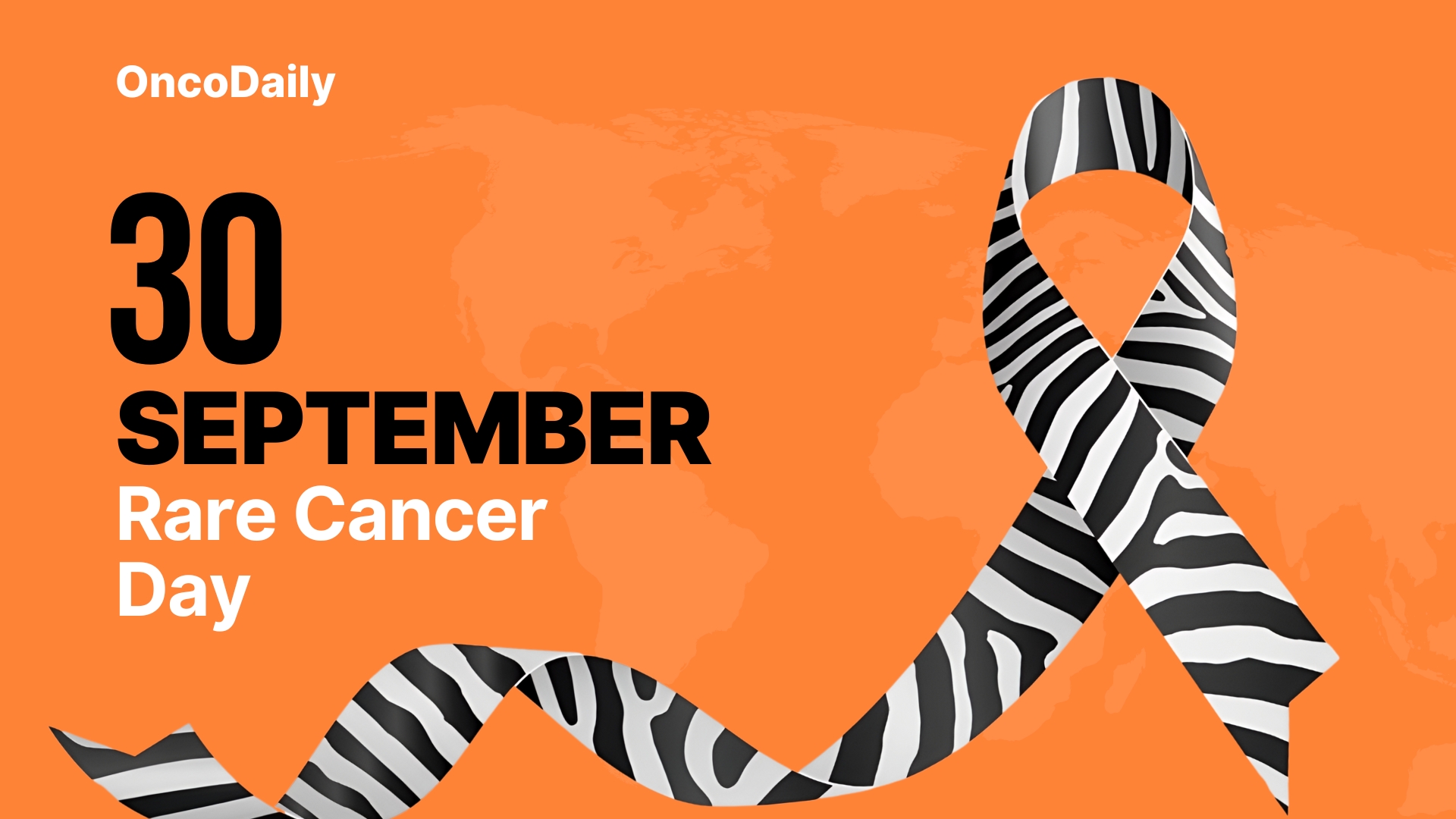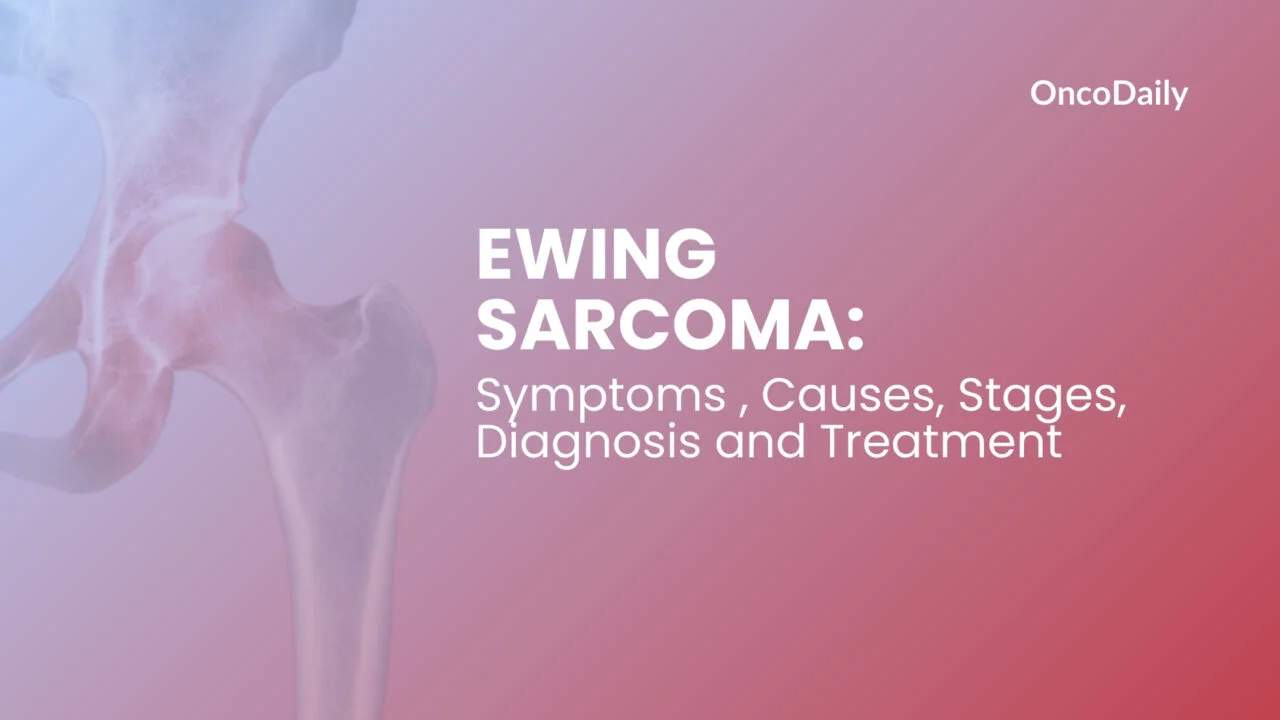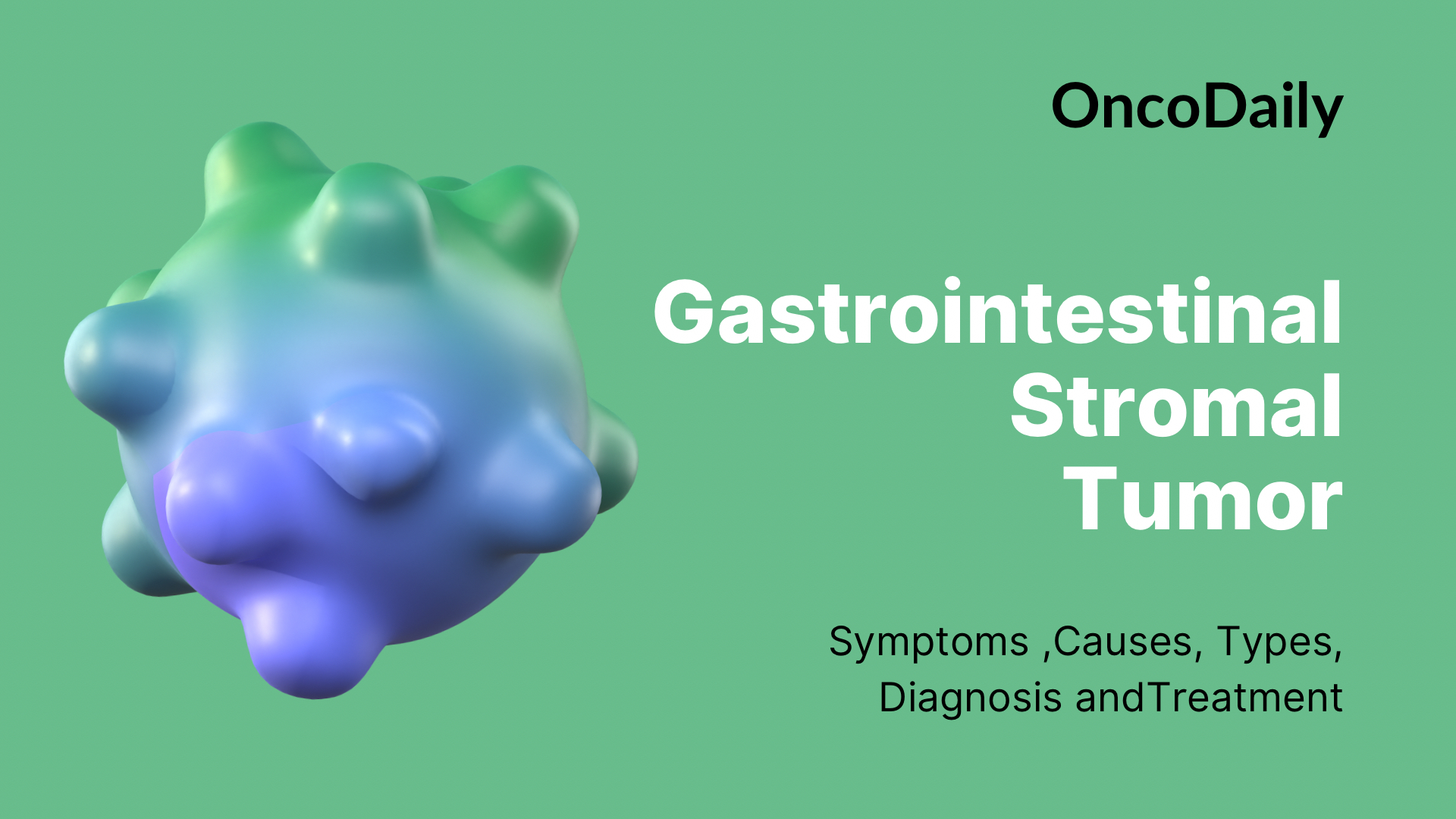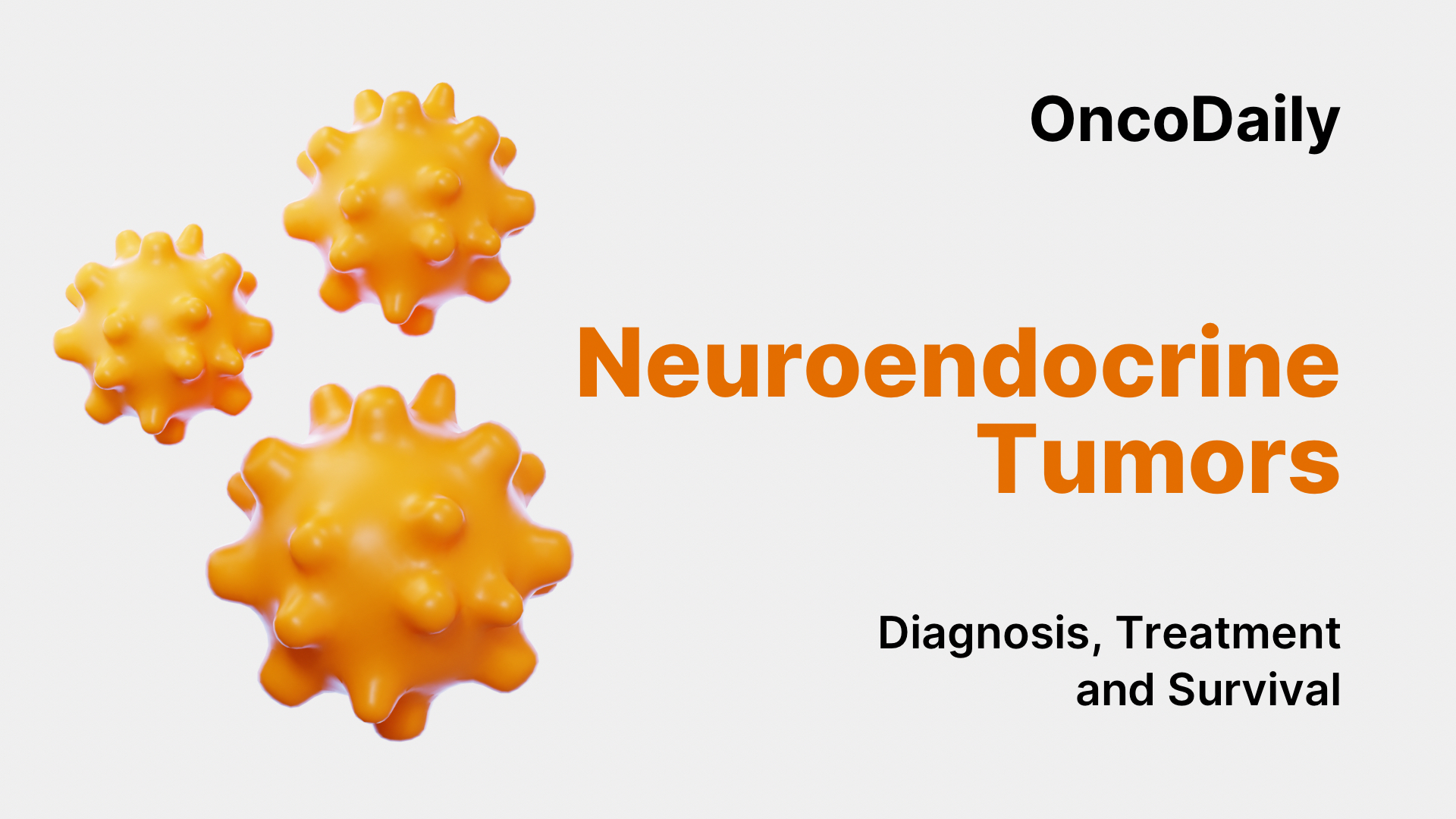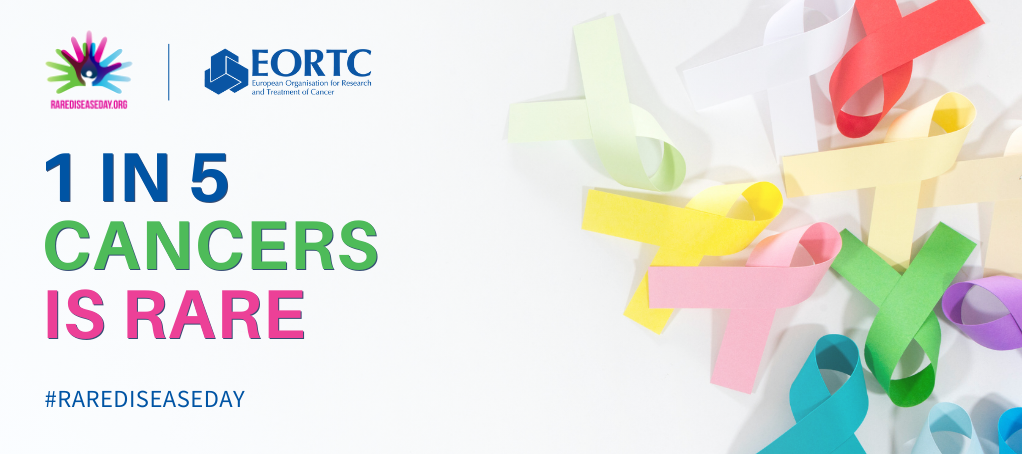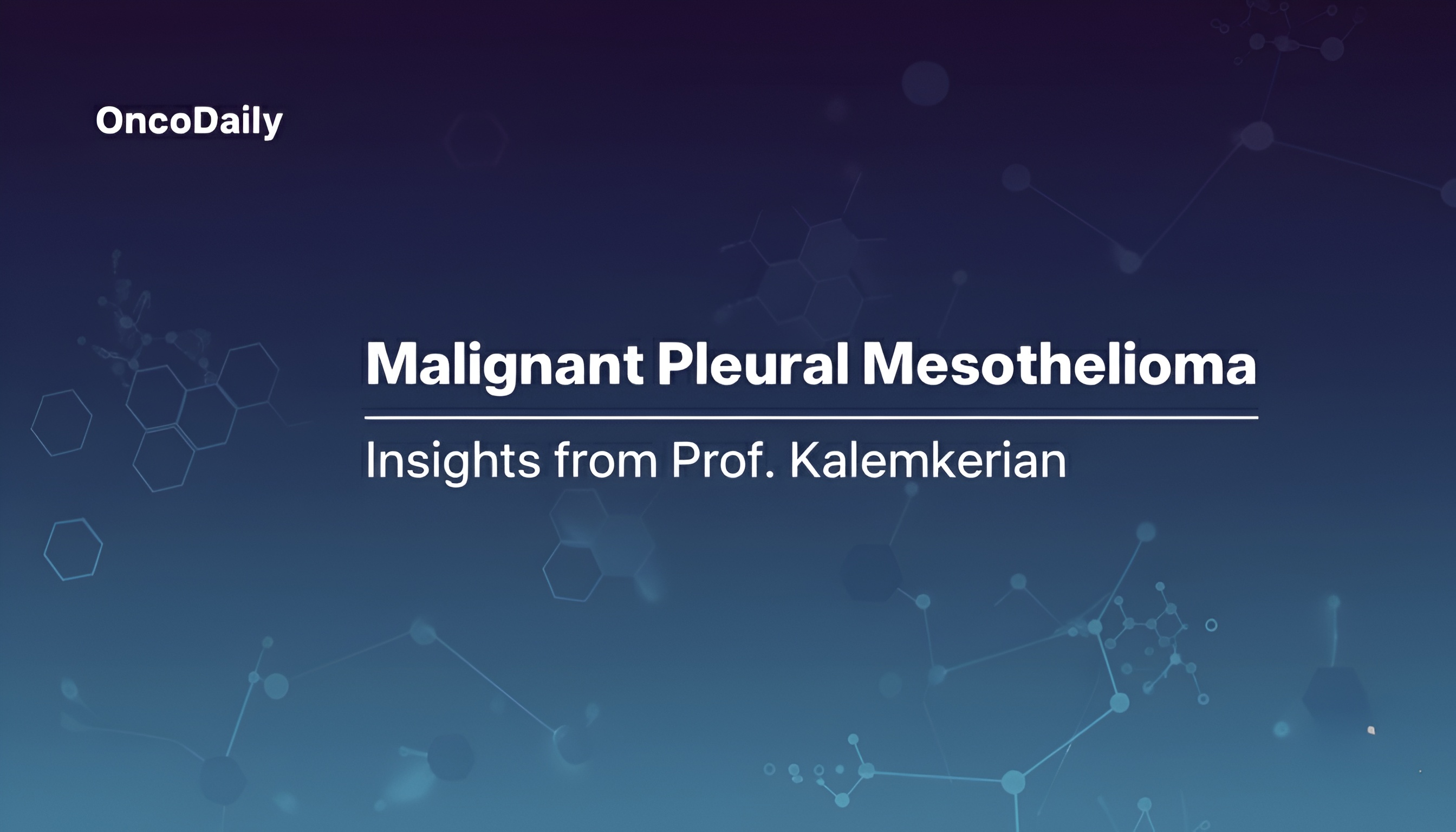Shining a Light on the Unseen
Today, on September 30th, Rare Cancer Day we pause to shine a spotlight on the diseases that too often remain in the shadows. While each “rare cancer” may affect only a small number of individuals, together they represent a major and often overlooked frontier in oncology. This day serves as a powerful reminder that rarity does not mean insignificance, and that those facing rare cancers deserve equity in research, treatment, and support. It is a call to action for clinicians, researchers, patients, caregivers, and policymakers alike to recognize, advocate for, and invest in this critical area of cancer care.
What Makes a Cancer Rare?
A rare cancer is typically defined as a malignancy with an incidence of fewer than six cases per 100,000 individuals per year. But rarity is not limited to one type of tumor. These cancers can arise in nearly any organ or tissue, including:
- Sarcomas (soft tissue and bone)
- Gastrointestinal stromal tumors (GISTs)
- Neuroendocrine tumors (NETs)
- Uncommon hematologic malignancies
- Rare pediatric cancers such as retinoblastoma or Wilms tumor
- Unusual head and neck cancers, including salivary gland tumors or nasopharyngeal carcinoma
- Biliary tract cancers such as cholangiocarcinoma and gallbladder cancer
- Rare gynecologic cancers, including uterine sarcomas and vaginal cancers
- Other rare tumors like thymic carcinoma, adrenal cortical carcinoma, and mesothelioma
Individually, each diagnosis seems uncommon. But together they represent 20–25% of all cancers worldwide. That means nearly one in every four patients is facing a so-called “rare” disease.
Why Rare Cancer Day Matters
Rare Cancer Day matters because it brings much-needed attention to a population often overlooked in the broader cancer landscape. Patients with rare cancers frequently experience delayed diagnoses, uncertain prognoses, and limited treatment options. Many report feeling isolated, even their physicians may never have encountered their specific diagnosis before.
Recognizing Rare Cancer Day helps foster awareness, builds community, and highlights the urgent need for increased funding and focused research. It also serves as a rallying point for advocacy groups, clinicians, and institutions to collaborate and push for systemic change.
Facing the Challenges of Rarity
The unique challenges of rare cancers are numerous. Due to small patient populations, it can be difficult to conduct large-scale clinical trials, which in turn slows the development of evidence-based treatments. The biological heterogeneity within and across rare cancers complicates diagnosis and management, requiring highly specialized expertise that is not always accessible, especially in resource-limited settings.
Many oncologists may only see a handful of rare cancer cases throughout their careers, and patients often travel long distances to find specialists. Moreover, pharmaceutical companies are less likely to invest in treatments for diseases that affect relatively few people, unless strong incentives such as orphan drug status are in place. In many parts of the world, inequities in access to diagnostics and therapies further compound these difficulties.
Patient Voices and Lived Realities
For those living with rare cancers, the journey can feel lonely and uncertain. As one patient with an ultra-rare sarcoma shared,
“When I was diagnosed, the first doctor I saw admitted he had never treated a case like mine. I became my own advocate, digging for research and connecting to distant specialists.”
These experiences are not uncommon, and they highlight both the courage of patients and the gaps in the healthcare system. Yet within this space, patient advocacy has become a powerful force, building global networks, supporting research, and holding institutions accountable to ensure that no patient is left behind.
Signs of Hope: Innovation in Rare Cancer Research
Despite these challenges, Rare Cancer Day is also a time to acknowledge remarkable progress. Advances in precision oncology and molecular profiling are reshaping how rare cancers are diagnosed and treated. Many rare cancers are driven by specific genetic mutations or molecular alterations, making them ideal candidates for targeted therapies.
Innovative clinical trial designs, such as basket trials that group patients by genetic mutations rather than tumor type, are accelerating research and drug approvals. Artificial intelligence and data-sharing platforms are helping researchers overcome small sample sizes by integrating real-world evidence and predictive modeling. Globally, rare cancer consortia and collaborative networks are allowing institutions to pool expertise, data, and tissue samples in ways that were not possible a decade ago.
A Global Call to Action
Rare Cancer Day is more than symbolic, it is a call to action. Researchers and clinicians must form and strengthen international networks to share knowledge, infrastructure, and resources. Funding agencies and pharmaceutical companies must recognize the value of investing in rare cancer research, not only for those directly affected but for the broader insights these cancers can provide into tumor biology and therapeutic response.
Policymakers must ensure that rare cancers are included in national cancer strategies, that regulatory pathways support the development of orphan therapies, and that patients have equitable access to diagnostics and treatment regardless of where they live. Patients and caregivers, too, must be empowered to speak out, join advocacy groups, and participate in shaping research agendas.
Looking to the Future
The future of rare cancer care is not just about catching up, it’s about leading innovation. The complexity of these diseases forces science and medicine to think differently, to collaborate more deeply, and to create personalized, adaptive systems of care. What we learn from rare cancers often has implications far beyond a single diagnosis. With ongoing advances in genomics, data science, and global partnerships, the landscape is slowly but surely changing. Treatments are emerging, awareness is growing, and hope is taking root where there was once only uncertainty.
Conclusion: Equity Through Awareness
As we mark Rare Cancer Day 2025, we honor not only those who are living with rare cancers but also the clinicians, researchers, and advocates working to bring their stories into the light. This day is a reminder that visibility is a form of justice, that by acknowledging and investing in the rare, we elevate the standard of care for all.
Every patient deserves to be seen, heard, and treated with dignity, no matter how uncommon their disease may be. Let us use this day not only to raise awareness, but to fuel a global commitment to innovation, equity, and compassion in cancer care.
Explore more about Malignan Mesothelioma presented by Dr Gregory Kalemkerian.
We have covered several articles on Oncodaily website. Feel free to check them out.
